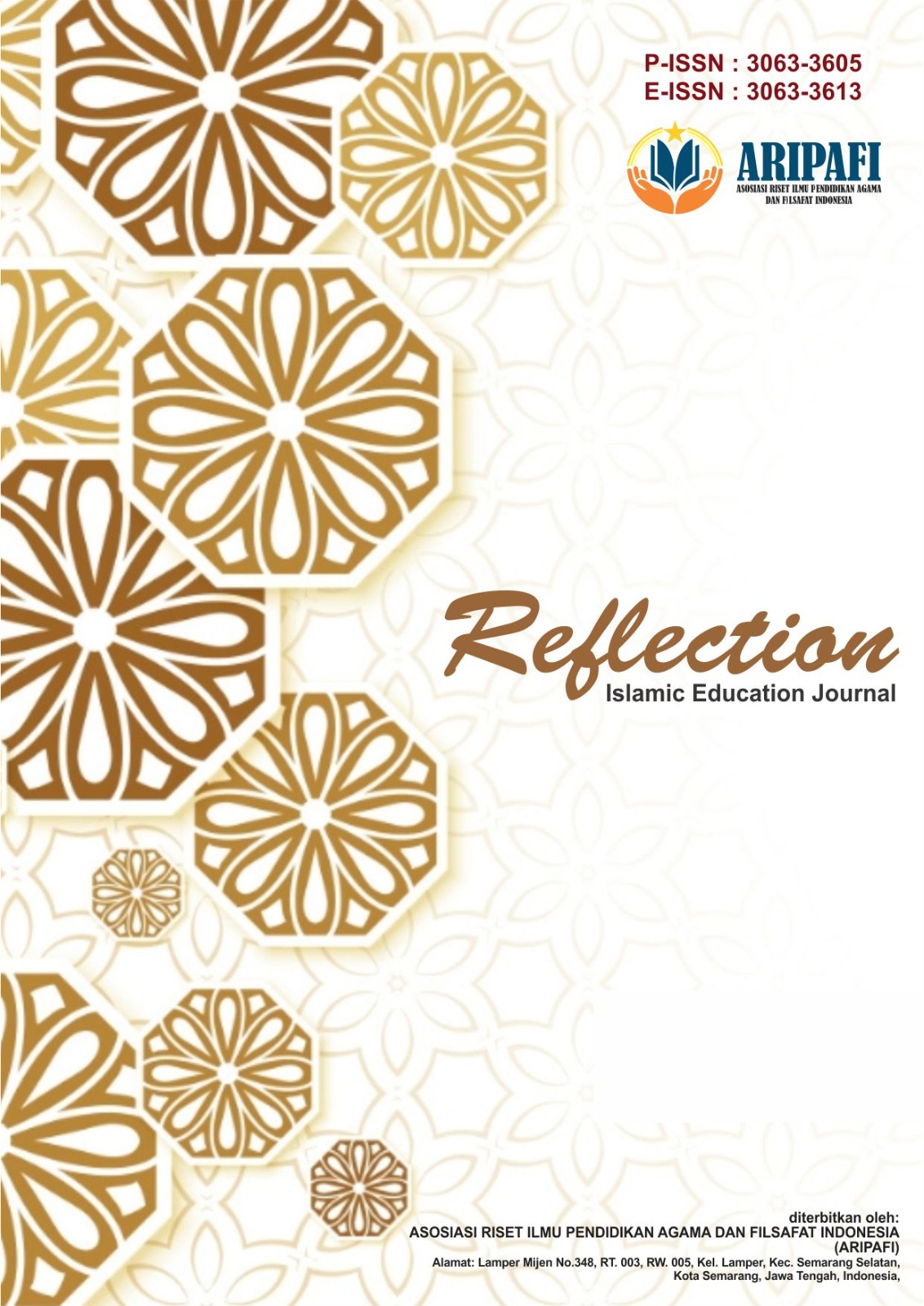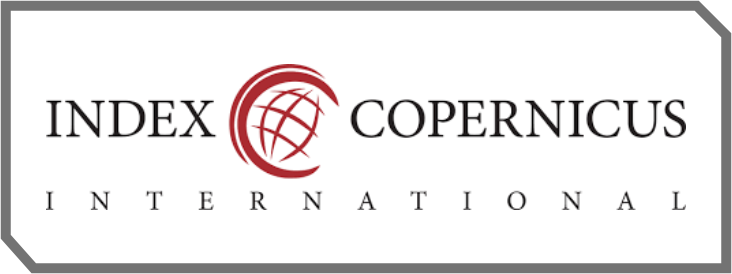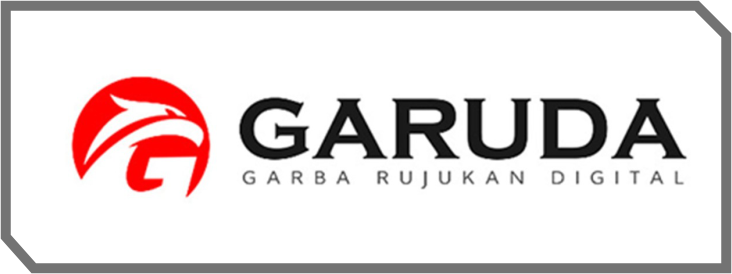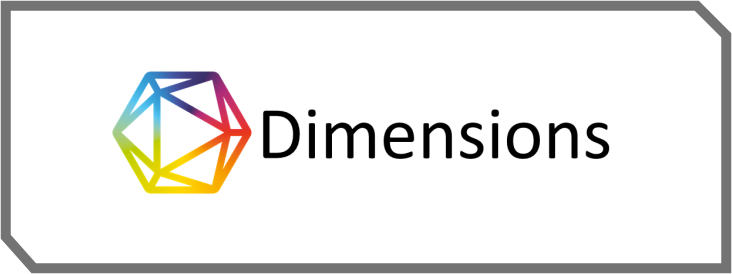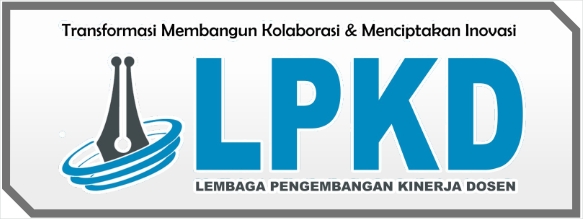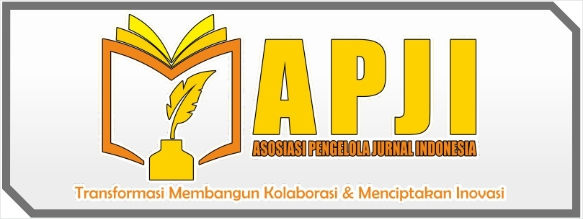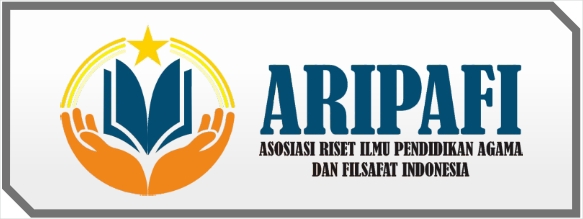Implementasi Media Pembelajaran Berbasis Nearpod pada Hasil Belajar Al-Qur’an Hadits Siswa di MTsN 01 Wonosobo Tahun Pelajaran 2024/2025
DOI:
https://doi.org/10.61132/reflection.v2i1.386Keywords:
Qur'an, Hadith, Nearpod, EffectivenessAbstract
This study aims to: 1) Identify the learning outcomes of students of the Al-Qur'an Hadith at MTsN 01 Wonosobo; 2) Analyze the application of Nearpod-based learning media at MTsN 01 Wonosobo; 3) Assess the effectiveness of the application of Nearpod-based learning media on the learning outcomes of students of the Al-Qur'an Hadith at MTsN 01 Wonosobo.The approach used is a quasi-experimental method with a nonequivalent control group pretest posttest design. The subjects of the study consisted of two classes, namely the experimental class and the control class. Before the learning process, both classes were given pretest questions. The experimental class received learning using Nearpod-Based Learning Media, while the control class used PPT Media. After that, both classes underwent a final test in the form of a written test. The test results were then analyzed using the t-test and gain test to determine the differences between the two classes and the improvement in learning outcomes.Data analysis showed a significant increase in student learning outcomes after the application of Nearpod compared to conventional learning methods. These findings are expected to contribute to the development of technology-based learning media in Islamic education and encourage teachers to integrate technology in the teaching and learning process in order to achieve better results. The results of the study showed that in learning the Qur'an and Hadith, students who used Nearpod-Based Learning Media experienced a significant increase, with the gain test value for the experimental class reaching 0.618. In addition, there was a significant difference between students who were taught with Nearpod-Based Learning Media and those who were not taught with the media, as evidenced by the t-test with a tcount value> ttable at a significance level of 1%, namely 3.21> 2.676, and at a significance level of 5%, namely ttable 2.008.
References
Ahmadi, A., & Uhbiyati, N. (2015). Ilmu Pendidikan. Jakarta: Rineka Cipta.
Amirudin, & Fathurrohman. (2016). Pengantar Ilmu Fiqh. Bandung: PT Refika Aditama.
Ardi, S. W. (2015). Pendidikan Dalam Perspektif Aliran-aliran Filsafat. Yogyakarta: Idea Press.
Darmadi, H., dkk. (2018). Pengantar Pendidikan. Bandung: Alfabeta.
Hasbullah. (2012). Dasar-dasar Ilmu Pendidikan. Jakarta: PT Rajagrafindo Persada.
Kurniawan, A. (2018). Metodologi Penelitian Pendidikan. Bandung: Remaja Rosdakarya.
Majid, A. (2021). Strategi Pembelajaran. Bandung: PT Remaja Rosdakarya.
Margono. (2010). Metodologi Penelitian Pendidikan. Jakarta: Rineka Cipta.
Maskun, & Rachmedita, V. (2018). Teori Belajar dan Pembelajaran. Yogyakarta: Graha Ilmu.
Sugiyono. (2019). Statistika Untuk Penelitian. Bandung: Alfabeta.
Sugiyono. (2020). Metode Penelitian Kuantitatif Kualitatif dan R&D. Bandung: Alfabeta.
Sugiyono. (2021). Metode Penelitian Pendidikan (kuantitatif, kualitatif, kombinasi, R&D dan Penelitian Pendidikan. Bandung: Alfabeta.
Sukadari. (2017). Ilmu Pendidikan Seri 1 (Konsep Dasar). Yogyakarta: Cipta Bersama.

